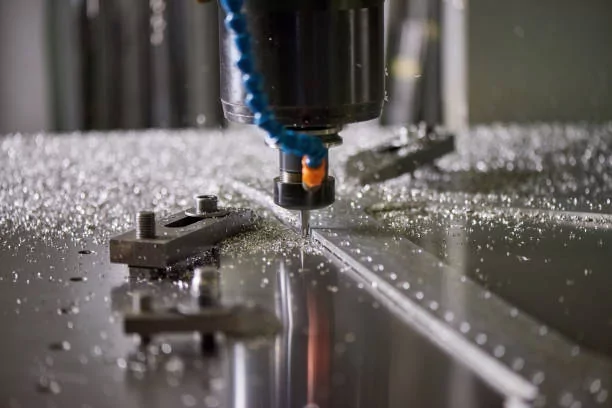Precision engineering is a field that demands accuracy, efficiency, and innovation. One of the most significant advancements in this field is the introduction of 5 axis milling. This cutting-edge technology has revolutionized the way precision engineering is approached, offering new possibilities and pushing the boundaries of what can be achieved. In this article, we will explore how 5 axis milling has transformed precision engineering and the numerous benefits it brings to the industry.

Enhanced Flexibility and Complexity
Traditional milling machines are limited to three axes of movement: X, Y, and Z. This restricts the complexity of the shapes that can be produced. However, with 5 axis milling, two additional rotational axes are introduced, allowing for unparalleled flexibility and the ability to create intricate and complex geometries.
By incorporating rotational movement around the X and Y axes, 5 axis milling machines can approach the workpiece from multiple angles, enabling the production of highly intricate designs that were previously unattainable. This level of flexibility opens up new possibilities for precision engineering, allowing engineers to push the boundaries of what can be achieved.
Improved Accuracy and Precision
Precision is paramount in engineering, and 5 axis milling excels in this aspect. The ability to approach the workpiece from various angles ensures that the cutting tool maintains a consistent distance to the surface, resulting in improved accuracy and precision.
Furthermore, 5 axis milling machines are equipped with advanced software and sensors that continuously monitor and adjust the cutting process. This real-time feedback system ensures that any deviations or errors are immediately corrected, guaranteeing the highest level of precision throughout the machining process.
Reduced Production Time and Costs
Time and cost efficiency are crucial factors in any engineering project. 5 axis milling offers significant advantages in this regard. With the ability to approach the workpiece from multiple angles, complex parts can be machined in a single setup, eliminating the need for multiple operations and reducing production time.
Additionally, the enhanced accuracy and precision of 5 axis milling reduce the need for manual rework and adjustments, minimizing material waste and lowering production costs. The streamlined process and improved efficiency make 5 axis milling a cost-effective solution for precision engineering projects.
Expanded Design Possibilities
One of the most exciting aspects of 5 axis milling is the expanded design possibilities it offers. The ability to create complex geometries opens up new avenues for innovation and creativity in precision engineering.
Engineers can now design intricate parts with organic shapes, curved surfaces, and undercuts that were previously challenging or impossible to manufacture. This newfound freedom allows for the development of groundbreaking products and solutions that push the boundaries of what is considered possible in precision engineering.
Overall, 5 axis milling has revolutionized precision engineering by providing enhanced flexibility, improved accuracy, reduced production time and costs, and expanded design possibilities. This cutting-edge technology has opened up new horizons for innovation and creativity in the field, enabling engineers to push the boundaries of what can be achieved. As the industry continues to evolve, 5 axis milling will undoubtedly play a pivotal role in shaping the future of precision engineering.








